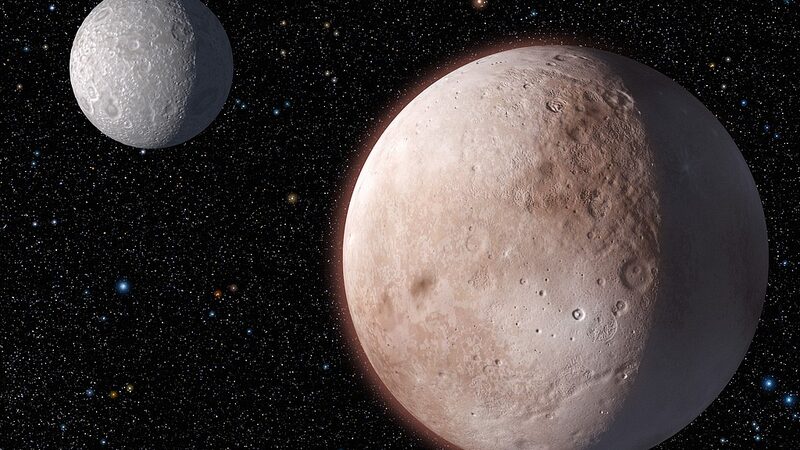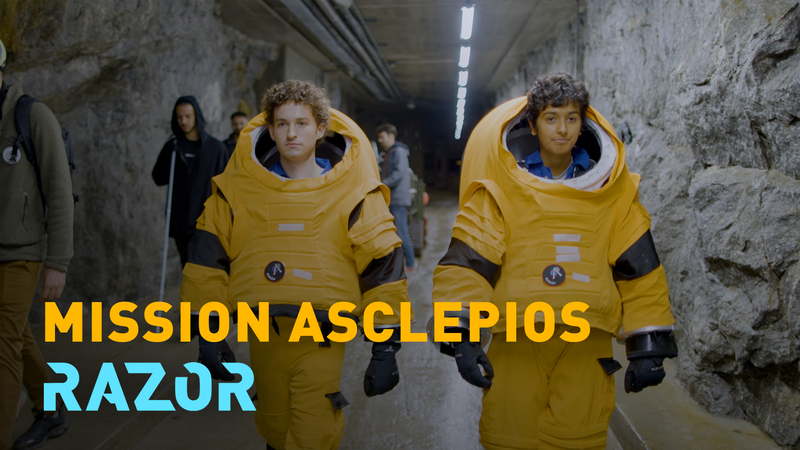🚀 In a stellar twist, NASA's Webb Space Telescope has spotted something surprising on Charon, Pluto's largest moon!
For the very first time, traces of carbon dioxide and hydrogen peroxide have been detected on Charon's icy surface. 🌙✨ This moon, which is about half the size of Pluto, just got a lot more interesting!
Back in 2015, NASA's New Horizons spacecraft flew by and revealed that Charon was covered in water ice. But until now, scientists couldn't detect certain chemicals hiding in the infrared spectrum. Thanks to the super-powered Webb Telescope, these hidden \"fingerprints\" are finally coming to light. 🔍
\"There's a lot of fingerprints of chemicals that we otherwise wouldn't get to see,\" said Carly Howett, a New Horizons scientist not involved with the new study.
Published in the journal Nature Communications 📚, this new research sheds light on the mysterious Kuiper Belt, where both Pluto and Charon reside—over 3 billion miles (4.83 billion kilometers) away from the sun! 🪐❄️
Scientists believe that radiation interacting with water molecules on Charon's surface may have produced the hydrogen peroxide. As for the carbon dioxide? It might be surfacing after cosmic impacts! 💥
The discovery is a big deal for understanding how Charon was formed and could help us unlock secrets about other distant moons and planets. Who knows what other cosmic surprises are waiting out there? 🌌
Stay tuned, space enthusiasts! The universe just got a little more mysterious. 😉✨
Reference(s):
NASA's Webb telescope detects carbon dioxide traces on Pluto's moon
cgtn.com




